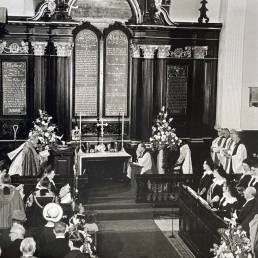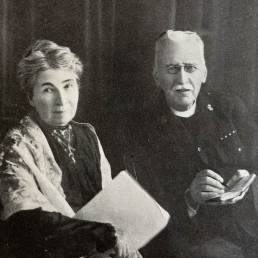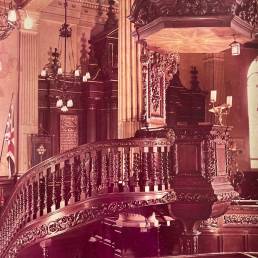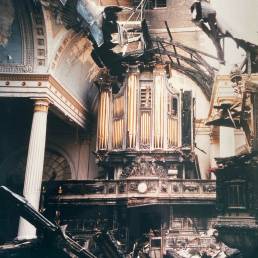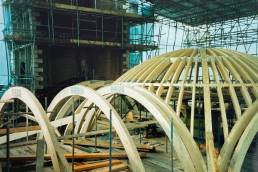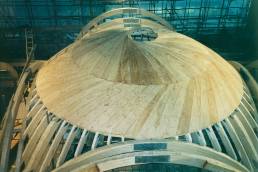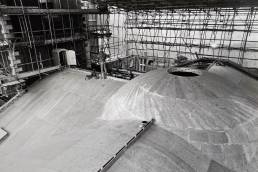Serving the ward of Billingsgatefor nearly a thousand years
Serving the ward ofBillingsgate for nearlya thousand years
St Mary-at-Hill church has played a valuable part in recent history. Looking back at its origins, an ‘ancient church’ situated on this very site is recorded in a legal document dated 1177, allowing us to assume with some certainty that a church dedicated to St Mary the Virgin stood here since at least the end of the 11th Century. The original church which was located on this site was no doubt smaller than the present building which has since been extended, altered and renovated throughout its historic past.
In the 10th and 11th centuries Billingsgate Quay was an important Anglo-Saxon harbour and was the primary route north into the old city, which travelled directly past the church. The route itself had a particularly steep rise from the river Thames, which subsequently gave the church the name of St Mary at or on the Hill.
From the 15th century, the Churchwardens’ accounts inform us that by this time the church had expanded, with adjoining side chapels dedicated to St Stephen, St Katherine, St Ann and St Christopher. In 1666 the medieval building was almost completely destroyed in the Great Fire of London, with part of the walls and tower being damaged or completely destroyed altogether.
Following the fire devastation, the design of all new churches was overseen by Sir Christopher Wren, with the design of St Mary-at-Hill also involving Robert Hooke, who oversaw the church construction which took place by 1677. The south and north walls were rebuilt, and the building extended to the east, with the addition of a new frontage.
In 1670, the Rebuilding of London Act determined that some parish churches were not rebuilt, including the nearby St Andrew Hubbard and it was joined with St Mary-at-Hill.
In 1901, the church of St George Botolph Lane was sold for redevelopment. It had already been joined with St Botolph by Billingsgate, destroyed in the Great Fire, so both parishes were added to St Mary-at-Hill, which is now one church with four parishes.
These form the United Benefice of St Mary-at-Hill with St Andrew Hubbard, St George Botolph Lane and St Botolph by Billingsgate.
As the Blitz of the Second World War later hit the country, unlike many churches in the City of London, St Mary-at-Hill was fortunate enough to remain undamaged and retained the unique interior of a Victorian church, with high box pews and dark wood carvings. Despite this blessing, on the night of the 10th May 1988, fire once again caused major harm to St Mary-at-Hill church, with the dome and roof collapsing and damaging the church below, as well as further devastation caused by the water used by the fire-fighters. The box pews, pulpit and reredos – the large wooden screen behind the altar – were all severely damaged.
Despite this set back, the main structure of the church was once again extensively restored, with the surviving internal furnishings remaining in storage for protection. Archaeological investigations have also been undertaken at the church by the Museum of London, who found traces of ancient graves which pre-dated the medieval church, which confirmed that the area was once part of Roman London, as well as the later Anglo-Saxon settlement.
